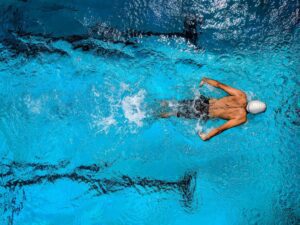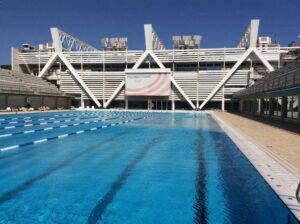07/17/2023 | Swimming Pool & Spa | 8 MINUTE READ
Perfecting Chlorine Levels with the Power of ORP
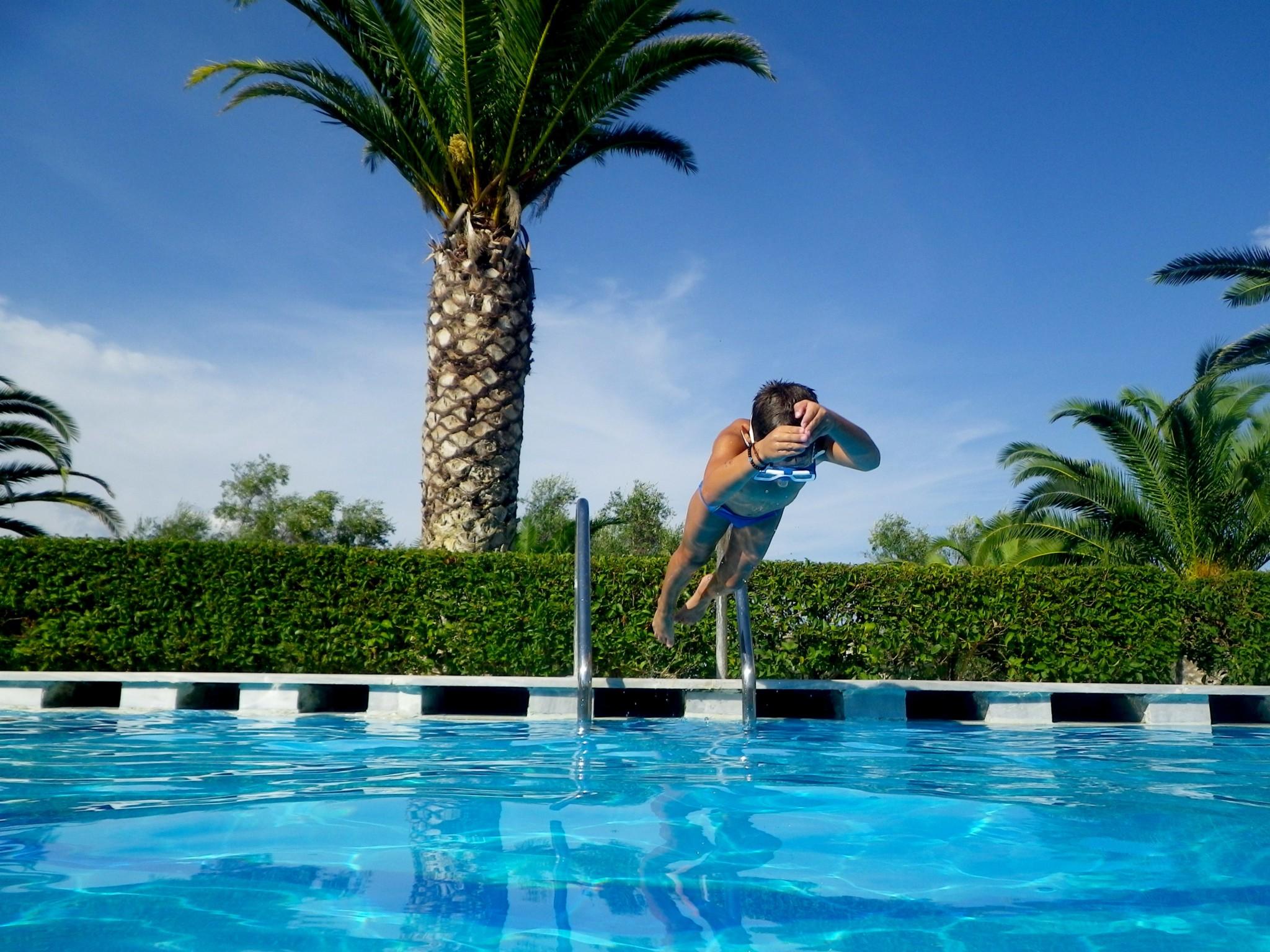
If you have an in-ground or above-ground pool, one chemical that you may be familiar with is chlorine. When you properly apply chlorine to a swimming pool, you can rid the water of any contaminants within. However, chlorine is at its most effective at certain concentrations. If there’s too little or too much chlorine in the water, the water might not be comfortable to swim in. The chlorine might also be ineffective at removing contaminants if the concentration is too low.
You can gain a better understanding of how chlorine works in swimming pools by learning about the oxidation-reduction potential (ORP) measurement. This measurement tells you how much chlorine is in the water and the level of sanitation you’ve obtained. The data you can gain from ORP measurements is helpful in a wide range of applications, which include everything from hydroponics and environmental sampling to drinking water measurements. In this guide, you’ll find out how to perfect chlorine levels with ORP readings.

Introduction to ORP and PPM Testing
Two of the more important measurements used in pool maintenance are oxidation reduction potential (ORP) and parts per million (PPM). In the early 21st century, ORP measurements were mainly used by commercial pool operators. However, the latest technological advancements have made ORP testing more accessible for home pools in Australia.
Before technological improvements were introduced to the market, PPM and ORP were measured with highly expensive testing equipment and probes or pen and paper. If you opted to use pen and paper, taking these measurements would be cumbersome and time-consuming. The testing equipment and probes that were used by commercial pool operators were too costly for most homeowners. Today, a basic ORP water quality sensor allows you to capture ORP and PPM readings without spending a large sum of money.
Explaining ORP (Oxidation-reduction Potential)
ORP measures the oxidizing properties or different sanitizers in the water. While there are several chemicals that can be measured with ORP, the main one is chlorine. The readings you obtain are displayed in millivolts. If you receive a higher reading, your pool or water system is cleaner and more sanitary because the chlorine is actively getting rid of contaminants. Lower readings indicate that the water contains too many contaminants and not enough chlorine to sanitize the water.
ORP readings are directly influenced by CYA levels, salt systems, and pH levels. Chemical controllers regularly use the ORP measurement to identify sanitizer levels in a body of water. Chemical elements like chlorine and oxygen are major factors in receiving a higher ORP reading. If ORP levels are high, it’s likely that the water is being sanitized when you capture these readings. In this scenario, contaminants are still present in the water.
Understanding PPM (Parts Per Million)
PPM is another reading that’s used to measure chlorine concentration in pool water. There are three distinct methods that are used to measure PPM, which include calculated PPM, selective membrane PPM, and colorimetric PPM. Each method has its own advantages and limitations when it comes to providing you with accurate readings.
PPM is a unit used in water chemistry to tell you the density of a substance when dissolved in water. This measurement can describe total alkalinity, calcium hardness, and free chlorine. One PPM is one-millionth of the amount of water. Even though one PPM doesn’t seem like it would amount to much, receiving a free chlorine reading of one PPM is often enough to maintain a safe and disinfected pool. However, a higher concentration may be necessary to keep algae growth at bay.
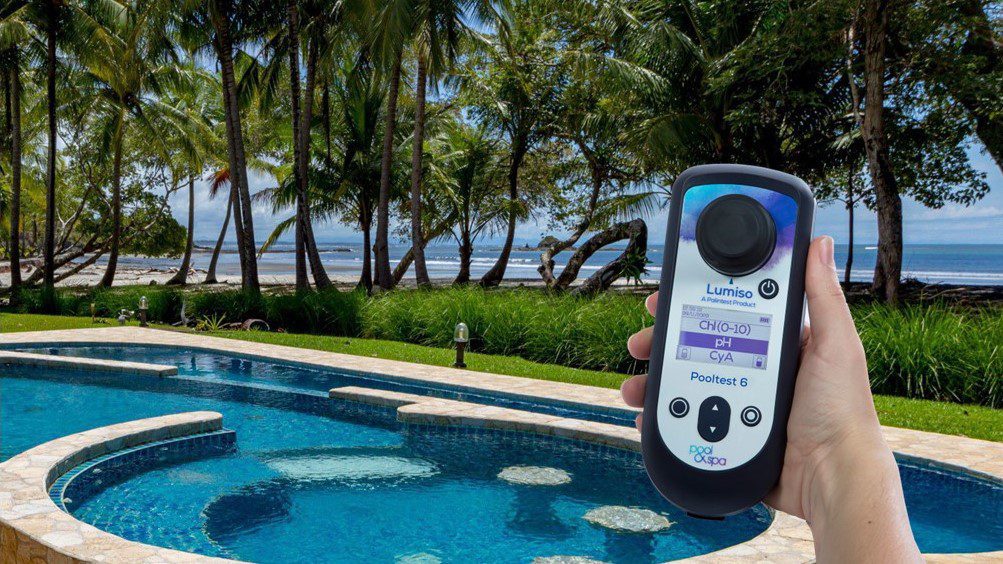
Factors Affecting ORP and PPM Readings
As mentioned previously, there are numerous factors that affect ORP and PPM readings, the primary of which include pH levels, CYA levels, and sunlight intensity. When pH levels are too high and the water is becoming more alkaline, there’s a good chance that the chlorine in your pool water is being neutralized. If your pool is outdoors, your ORP readings will change constantly. Cyanuric acid (CYA) levels vary depending on many factors. Your ORP readings should change as the day goes on.
Since ORP readings are a constantly moving target, you should obtain ORP readings alongside PPM readings. The PPM readings will help you determine how much chlorine residual remains. If you need to comply with specific health regulations, maintaining the right chlorine levels is important, which is why precise PPM and ORP readings are necessary.
Before you take ORP measurements, consider how much sunlight is reaching the pool. When the sun rises, ORP levels decrease as a result of the UV rays reaching the pool water. In this scenario, chlorine combines with any cyanuric acid in the pool. When this happens, the chlorine is no longer “free”, which means that it will have a lower oxidation potential until the position of the sun changes. While chlorine can still be effective when the sun is at its brightest, you should take the time of day into account when obtaining measurements. During the late afternoon, you’ll notice ORP levels increasing as UV levels drop.
Along with the factors mentioned above, you might not always receive a precise reading of how much chlorine is in the pool unless you understand how these factors are altering the readings. If you stabilize your pool with cyanuric acid, receiving an accurate reading is difficult, which is why it’s highly recommended that you keep CYA concentration at 25 mg/L or below for a precise reading. When you’re taking steps to maintain a stable pH value in your pool water, make sure you keep pH levels between 7.4-7.5, which is just above neutral. If pH levels are in this range, sanitizer activity will be at its most effective.
Importance of Monitoring ORP and PPM
ORP provides you with valuable insights into how well sanitizers are working in your pool. Monitoring both ORP and PPM levels gives you a comprehensive picture of chlorine effectiveness as well as health regulation compliance. If ORP levels are low but there are still too many contaminants in your pool, it’s possible that you didn’t add enough chlorine. High ORP readings tell you that the chlorine is currently in the process of disinfecting your pool and keeping your water clean.
Application of ORP and PPM in Pool Maintenance
ORP sensors are often used in automatic chemical dosing devices for more precise chlorine dispensing. Once this type of sensor is installed, you can avoid adding too much chlorine to the water. The three types of PPM sensors you can use for pool maintenance include calculated PPM, selective membrane PPM, and colorimetric PPM measurement systems.
Calculated PPM sensors are often used by controllers to obtain a free chlorine reading. The readings are calculated based almost entirely on the pool’s current pH and ORP measurements. Since ORP levels can change regularly, calculated PPM readings are effective at telling you the amount of free chlorine that’s still in the water.
Selective membrane PPM sensors are equipped with a special membrane that only allows free chlorine ions to pass through and give readings. These sensors give you true readings of how much free chlorine is in the water, which means that it won’t provide you with indirect readings for pH and ORP. The main benefit of using this system is that it’s not impacted by CYA levels. Keep in mind that selective membrane PPM sensors are the costliest solution. Make sure that CYA levels remain below 50ppm to avoid accuracy issues.
Colorimetric PPM sensors use reaction-based chemical indicators to determine how much chlorine is available. The sensor will interact directly with chlorine to create a change of color in the water. When the water takes on a darker hue, it consists of a higher amount of chlorine.
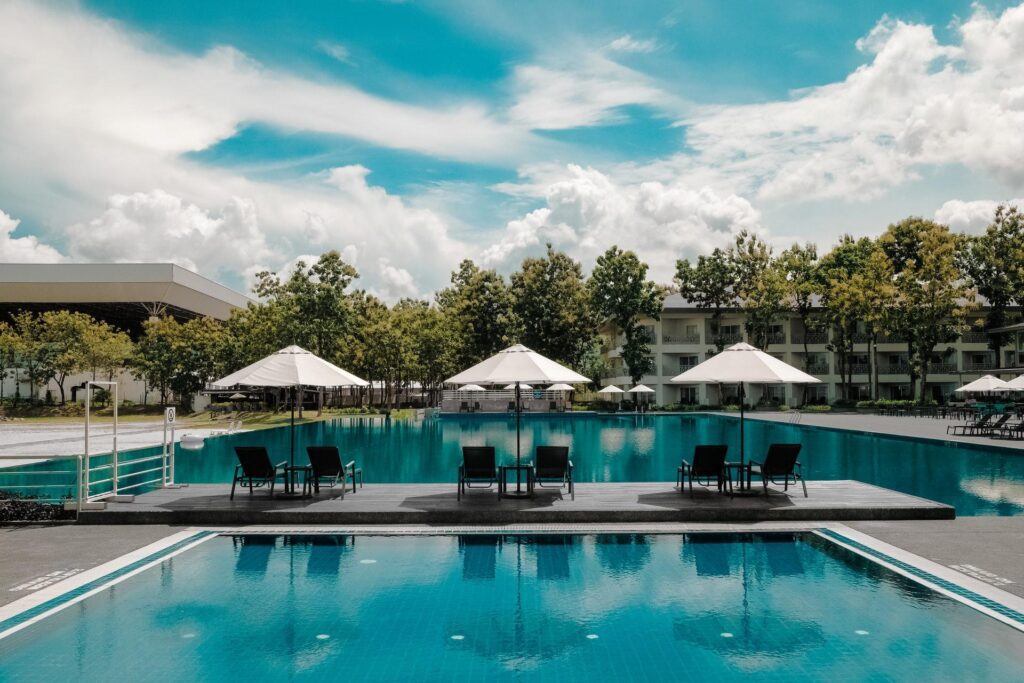
Simplified Understanding for Home Pool Owners
Higher ORP levels indicate that contaminants are being broken down and that your water should be cleaner. If ORP levels are low, your water won’t be as effective at breaking down contaminants.
ORP sensors are designed to determine how much dissolved oxygen (DO) is present in a solution, which means that higher DO concentrations result in a higher ORP level. If there isn’t as much dissolved oxygen in your water, contaminant levels will be high. If you own a relatively small pool that doesn’t have high bather loads, a saltwater chlorinator might be sufficient for maintaining clean and sanitized water that you can swim in without issue.
Conclusion
ORP and PPM measurements give you all the information you need to identify how clean your pool is and how much chlorine is present in the water. If chlorine levels are low, your PPM readings will likely be low as well. Both of these measurements are crucial for effective pool maintenance. By consistently monitoring ORP and PPM levels, you can ensure proper water quality and sanitation in your pool.
Posted by Dominic O'Donnell on July 17, 2023
Sensorex is a global leader in the design and manufacture of quality sensors for water quality and process applications. The company offers more than 2000 sensor packages for pH, ORP, conductivity, dissolved oxygen, free chlorine, chlorine dioxide, UV transmittance and other specialty measurements, as well as a full line of sensor accessories and transmitters. Its expert technical support engineers solve analytical sensor challenges with custom designs and off the shelf products.

